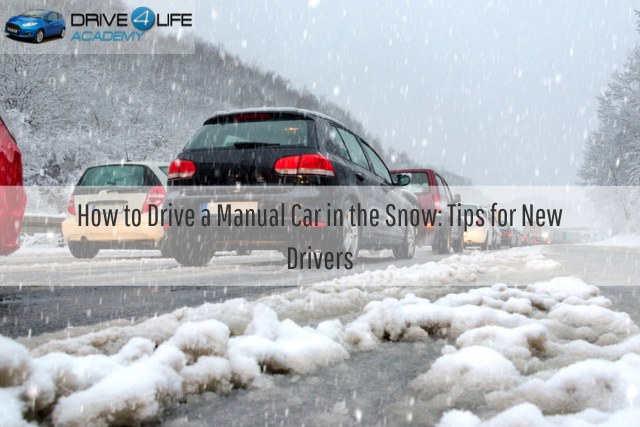If you’re a UK driver and find yourself faced with snowfall, don’t panic! It’s not as difficult to drive in the snow as you may think. In this blog post, we’ll give you some tips on how to drive a manual car in the snow.
By following these simple steps, you’ll be able to get where you need to go safely and without incident. So read on for all the information you need to stay safe while driving in the snow!
How to Start Your Car in The Snow
The first step to driving in the snow is starting your car. This can be a bit tricky in icy conditions, but by following these tips you’ll be able to get your car going without any problems. The moving off procedure still applies when the car is in snow, we just so make sure you’re aware of these steps:
– Check your surroundings and make sure it’s safe to start the car
– Put the gear stick into first gear
– Apply pressure to the accelerator pedal until the clutch bites
– Release the handbrake and slowly let out the clutch while pressing down on the accelerator
– Once the car is moving, press down on the accelerator and pull up on the handbrake to put it back into position. The more pressure you apply to the accelerator pedal, the quicker you will start moving.
This is one of the main areas of driving that we cover in our manual driving lessons – so if you’re unsure of how to do it, or want some tips and advice from an instructor, get in touch with us today!
Gear Selection
Selecting the correct gear at the right time is essential for driving in the snow. When starting off, you should put the gear stick into first gear to get the car moving slowly and steadily. As you start to pick up speed, you can then move up through the gears to second, third and so on.
When driving on steep inclines, you will need to use a lower gear to maintain traction. To do this, put the gear stick into first or second gear and then apply pressure to the accelerator pedal. This will help keep the car moving slowly and steadily up the hill.
For the decline, you should select a lower gear and take your foot off the accelerator. This will enable engine braking to slow down the car without having to apply pressure to the brake pedal. You can also use this technique on slippery surfaces or when approaching sharp corners as it helps keep control of the vehicle.
Stopping Distance
Assessing the stopping distance in snowy conditions is vital. The stopping distance of a vehicle travelling at 30mph in the snow is around double that of what it would be on dry roads. At this speed, you will need to apply the brakes earlier than normal and give more space between your car and those ahead to avoid accidents or collisions.
In Summary
If you are a UK driver and find yourself in need of some tips on how to drive your car in the snow, look no further. In this post, we have outlined some essential steps that will help you get started. We also suggest gear selection and braking techniques that can help you stop safely when driving in slippery conditions.
Remember, practice makes perfect, so be sure to put these suggestions into action or get in touch with one of our professional driving instructors at Drive4Life Academy for expert help.